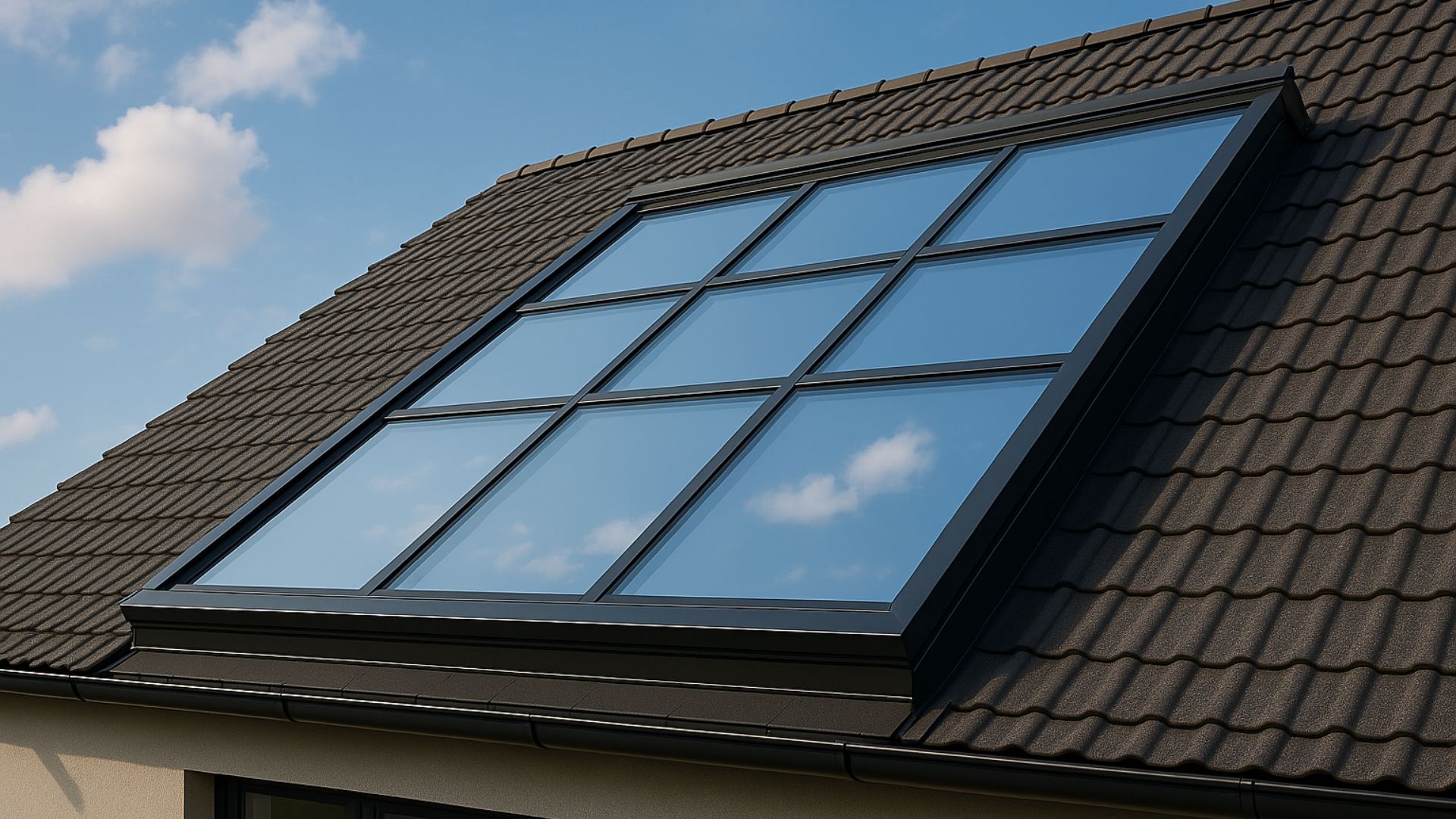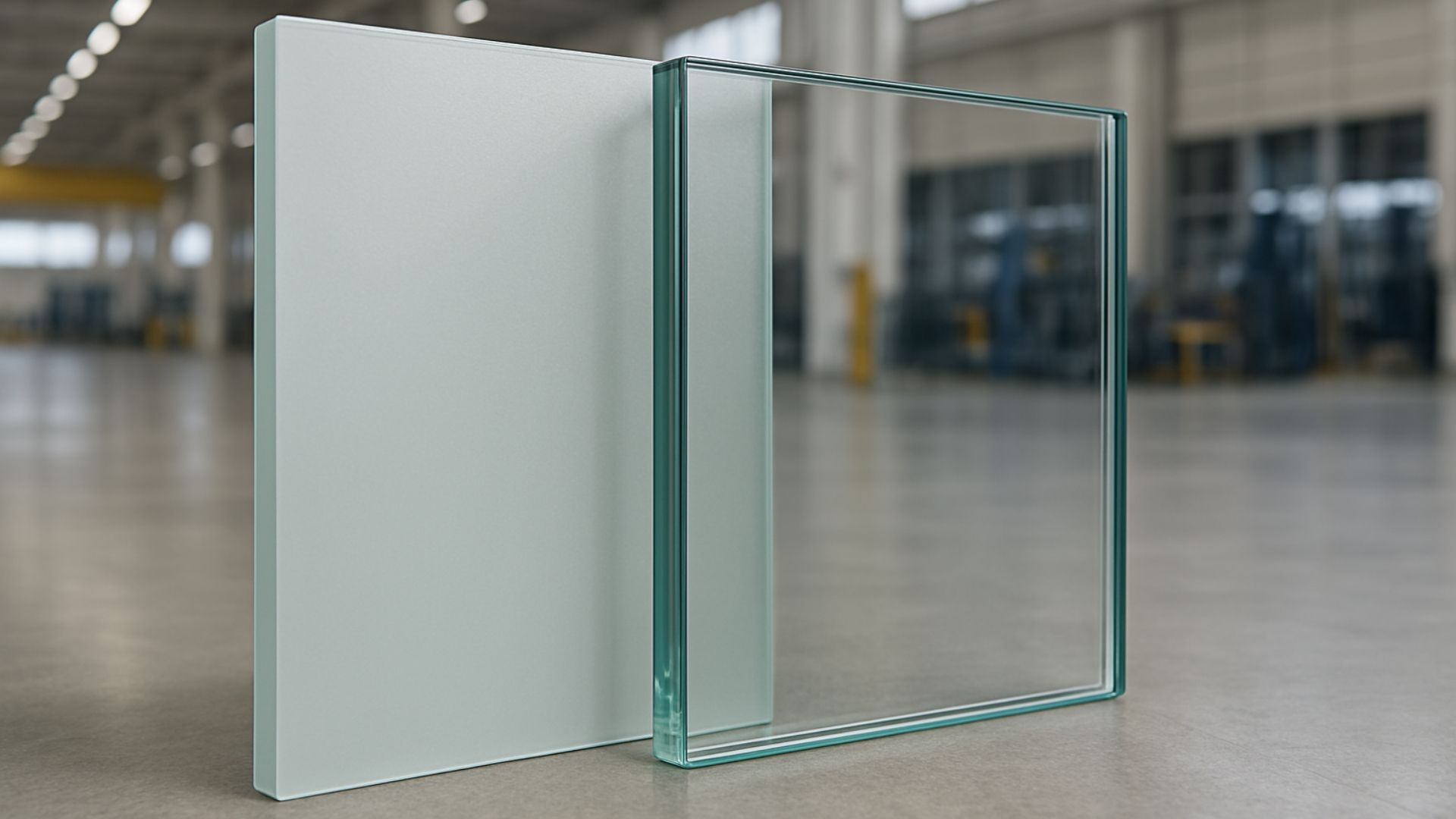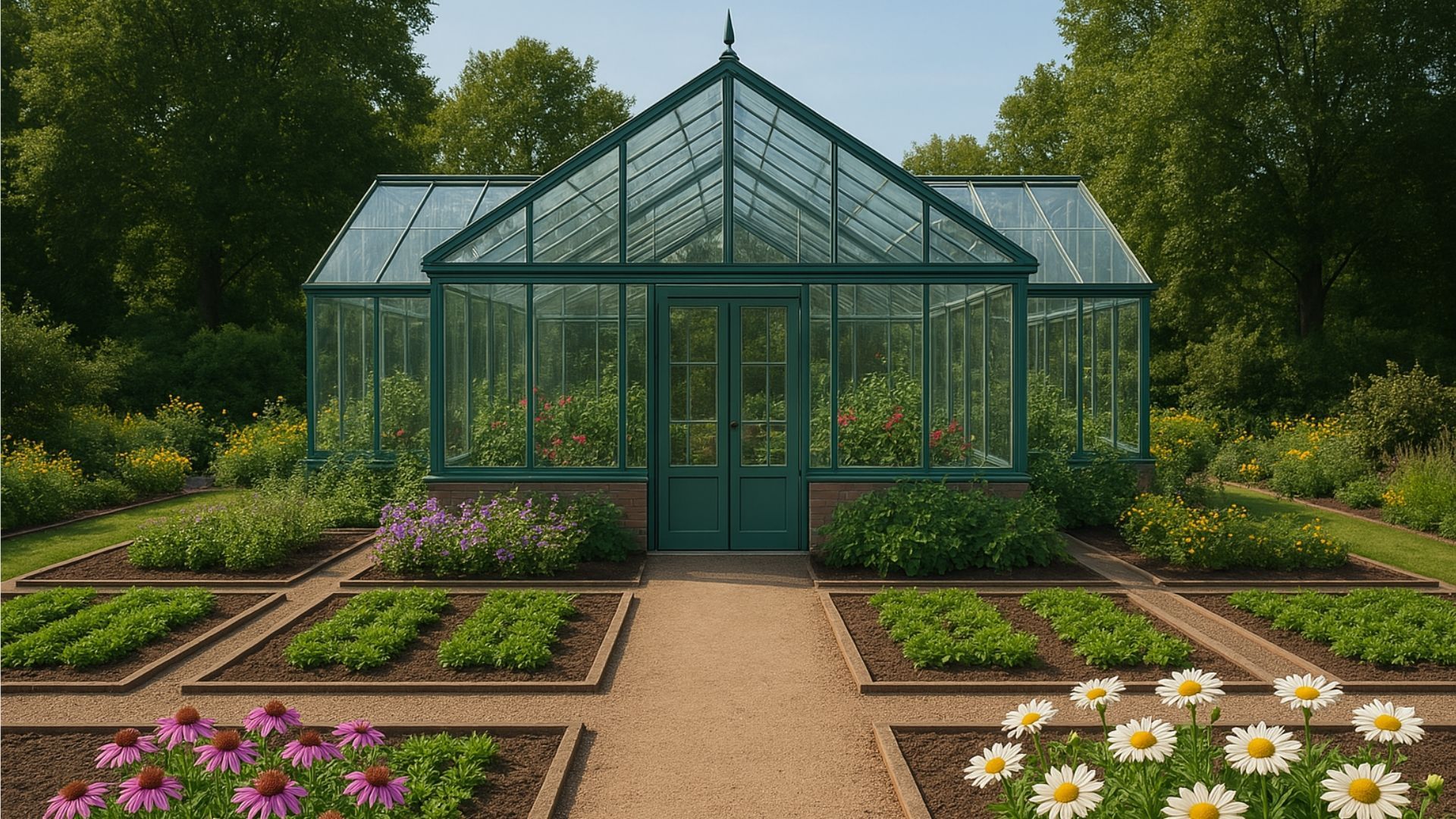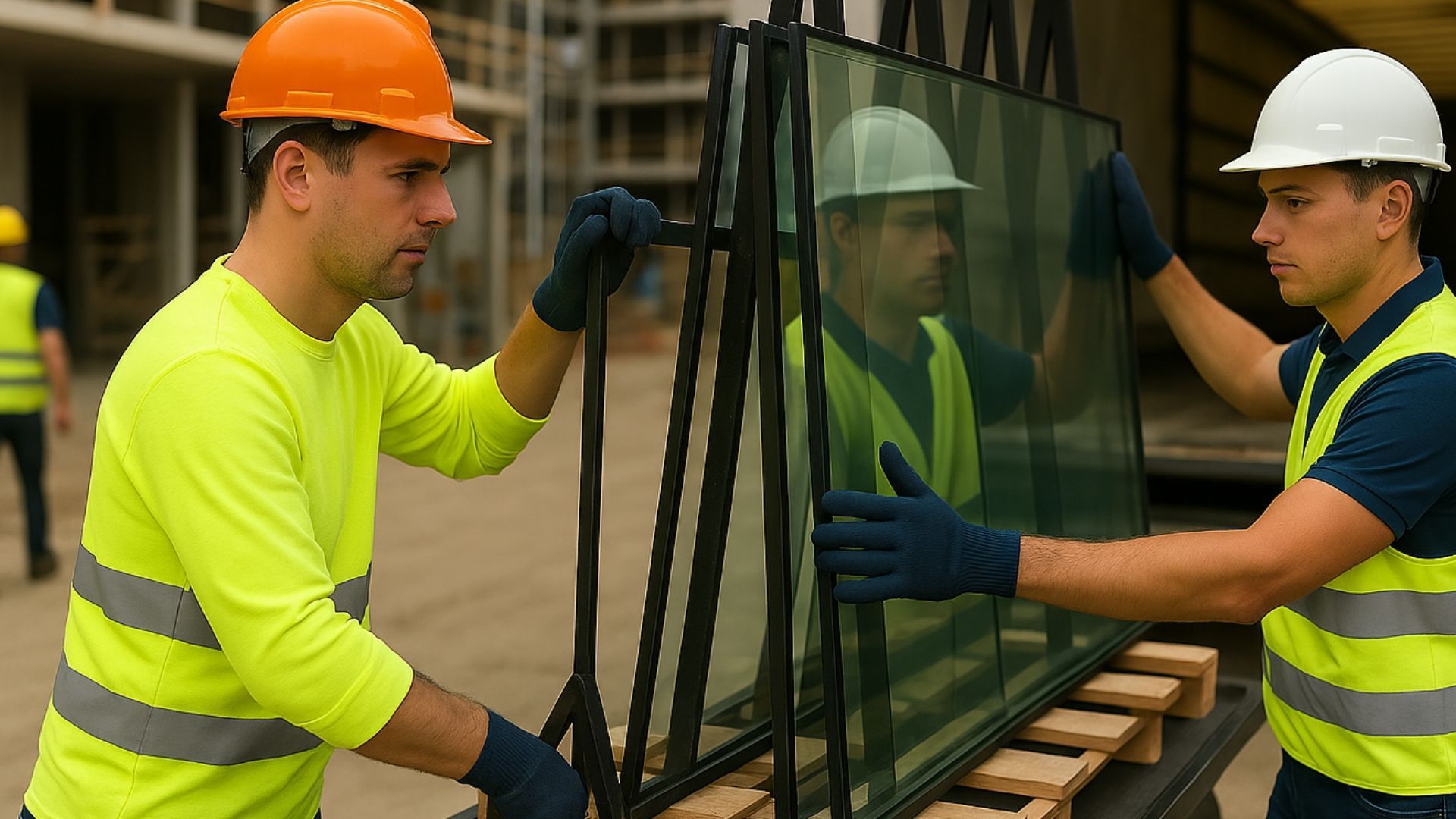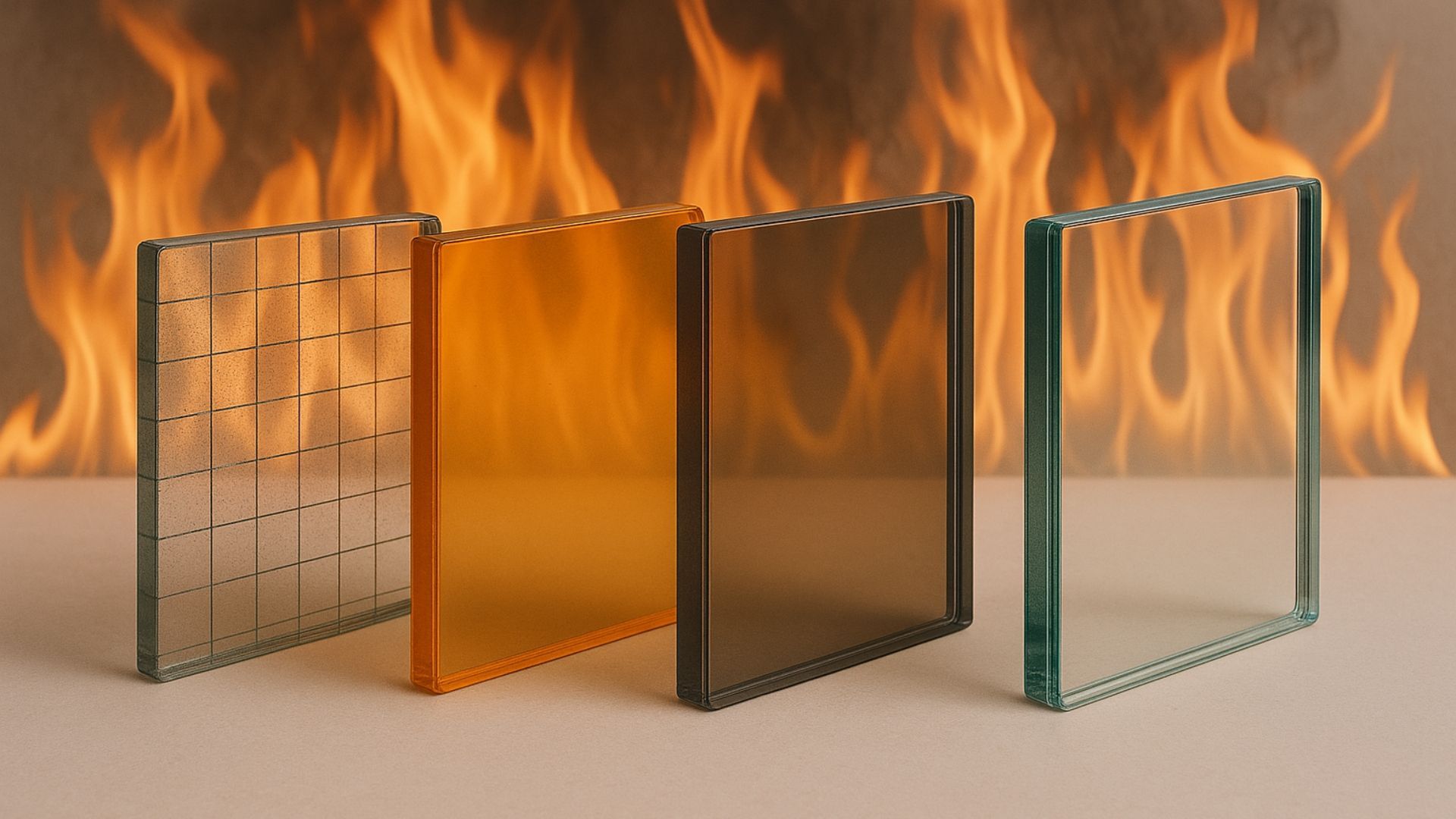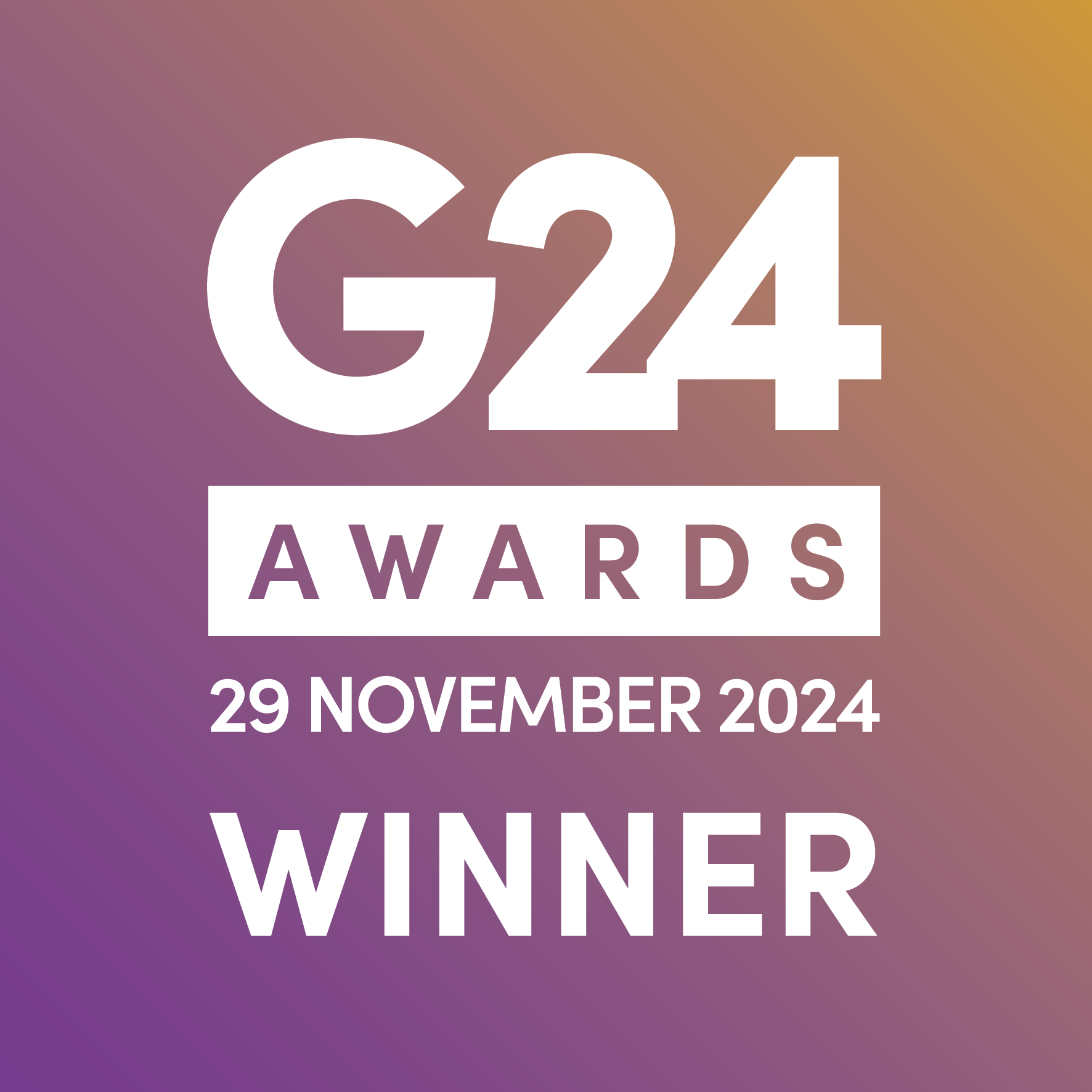A quick guide to glass facades
Share this blog:
Glass facades are an eye-catching feature of many modern buildings. Learn all about them in our article.
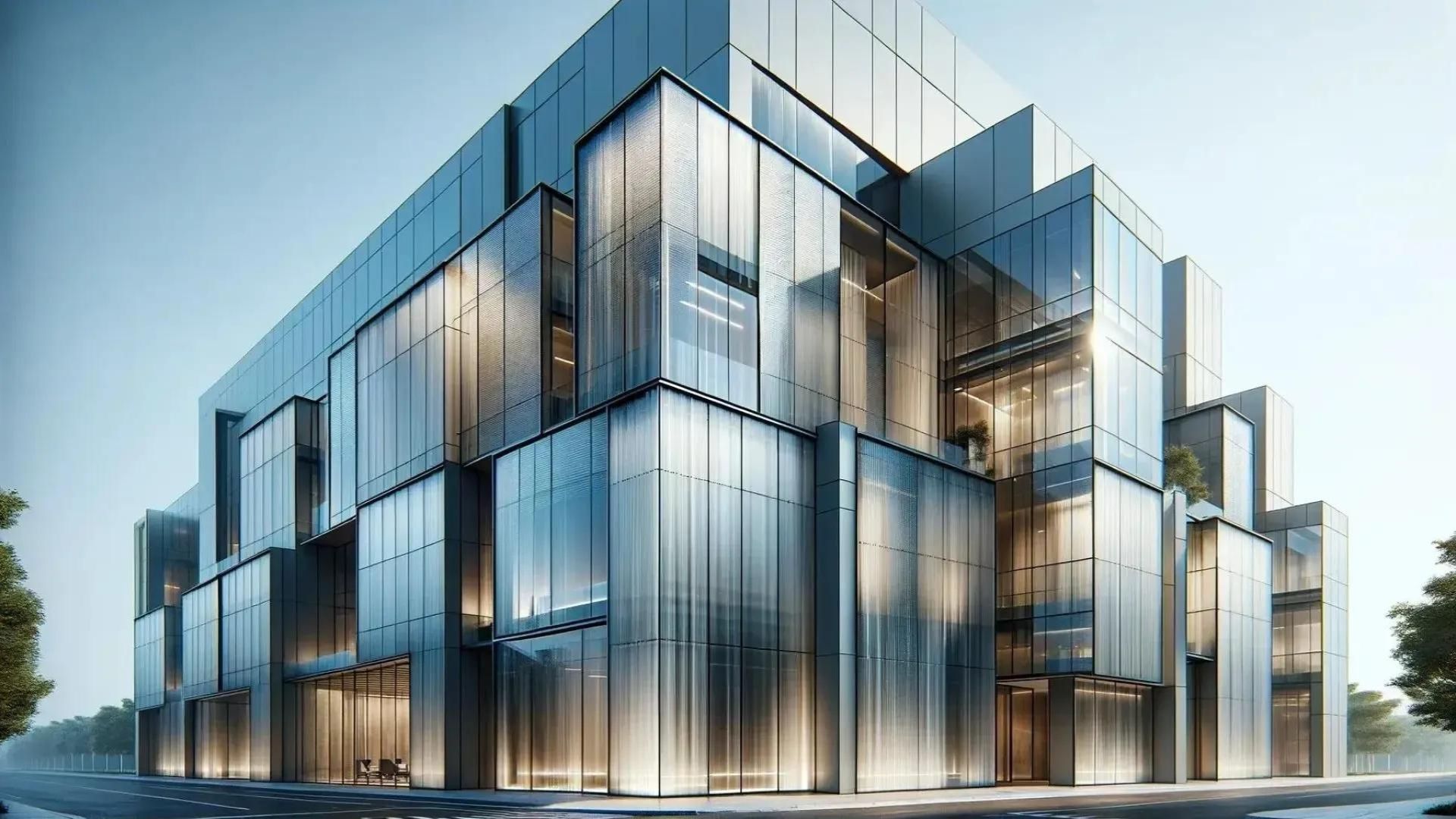
Done right, a glass facade can be a glamorous and eye-catching addition to any building.
Most often seen on commercial buildings and storefronts, a glass facade covers the outside of the building. It's a feature that speaks volumes about a company's ambition – not to mention its budget.
But glass facades aren't just about looks, as striking as they can be. They're also environmentally friendly – excellent insulators as well as huge funnels for natural light.
The immediate interior of a building with a glass facade is likely to be acoustically pleasing. The facade acts as a soundproof panel, muffling unwanted noise from outside.
However, if there's one thing you can say for sure about glass facades, it's that they're diverse. Every project is unique and no two installations are the same.
Architects and installers need to keep in mind the building's geography, climate and client group. This involves, for instance, creating a design that's suitable for the solar glare and wind exposure of the location.
In this article, we give you a quick tour of glass facades. We cover the types of facades, the materials used and the benefits they can bring to a business.
Types of glass facades
There are two main types of glass facades: curtain walls and storefront walls.
A curtain wall is a non-load-bearing exterior wall. It gets its name from the way it hangs off a building like a curtain. Unlike a curtain, it's typically attached to the floor.
Curtain walls don't support any of the building's weight – only their own load. They're highly functional, withstanding wind and rain and providing a thermal barrier between inside and out. They can also be exquisitely beautiful.
Then there are storefront walls. These are also non-load-bearing glass facades. However, they tend to cover just the ground floor of the building.
What types of glass are used?
Glass facades are made from one of two types of glass products: laminated glass or insulated glass units (IGUs).
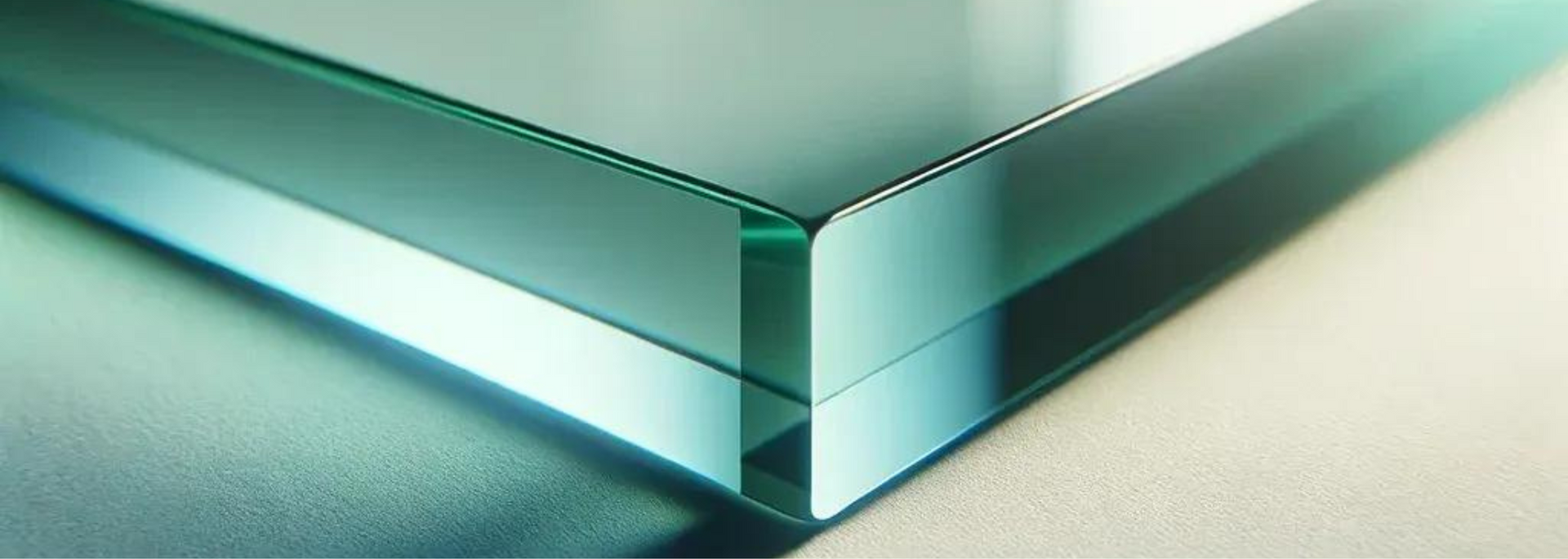
Laminated glass consists of two sheets of glass with a plastic interlayer. This makes it extremely hard to break – and in the event of a breakage, the glass stays in its frame.
An IGU is similarly constructed. But instead of a plastic interlayer, it has an inert gas or vacuum between the panes. This stops hot and cold air from flowing in and out.
Types of framing systems
There are four main types of framing systems:
- Stick systems
- Unitised systems
- Semi-unitised systems
- Spandrels
Stick systems are a bit like Lego. The parts are delivered to the construction site, where they're assembled and installed.
More often than not, stick systems consist of horizontal extrusions attached between vertical mullions to create a rectangular frame. They're most commonly used in low- and mid-rise glazed buildings.
Unitised systems, by contrast, are prefabricated. They arrive already built and simply need to be installed. This production method means unitised systems often have a high level of performance and weather resistance.
As the name suggests, semi-unitised systems combine features of stick systems and unitised systems. Each piece of glass is bonded into a metal cassette. These are then locked into frames on the construction site.
Finally, there are spandrels. These are opaque glass components used to conceal structural building features such as columns, floors, vents, pipes and wiring. They're one of the reasons why some glass facades have that sleek, unbroken look.
What is a frameless facade?
Frameless facades are the
ne plus ultra
of modern design. With their unbroken glass surfaces, they radiate class, ambition and wealth.
There are different ways of creating frameless facades. At ToughGlaze, we have an exclusive UK license to use
Fischer's "secret fix" systems. It helps create large expanses of glass that are as smooth and clear as ice.
What styles of glass facades are there?
Part of the beauty of glass facades is that they're as versatile as any other glazing. Different styles mean different vibes. A mirrored facade, for instance, is very different from glass with coloured interlayers.

Many architects choose low-iron glass: a material manufactured with a lower iron content than standard glass. The key benefit of low-iron glass is that it removes the green tint sometimes created by multi-layered glass installations.
Then there's
smart glass, or "switchable glass", as it's sometimes known. This is a type of glass that can be switched from transparent to opaque at the touch of a button. It's a way of increasing privacy while introducing smart elements into a building.
Last but not least, glass panels can be cut into geometric shapes for a bold, arresting facade.
What is bird-friendly glass?
Every year, thousands of birds fly into glass windows and facades. Why? Because they don't know that the glass is there. As far as they're concerned, they're flying through open air.
The results can be bloody and often fatal. What can be done to stop these injuries and deaths?
The answer is bird-friendly glass. This takes a number of forms. Some manufacturers market glass that's been tinted or fritted for this purpose. Architects can also install UV reflective glass or add patterns or stickers that are visible to birds but not to humans.
It's an area of glass manufacturing that's likely to evolve in the coming years as biodiversity and sustainability continue to mount in importance.
What are the advantages of glass facades?
At ToughGlaze, we provide laminated glass for facades. They help create results that are beautiful, functional and energy-efficient. And, like all our glass products, these materials are highly customisable and can be patterned or coloured to meet your requirements.
They're super strong and super easy to maintain (though you may need a ladder to reach the high parts!)
All in all, a glass facade tells the world that you mean business.
Are you looking for high-quality
glass building materials? Don't hesitate to
get in touch with ToughGlaze for a quick, competitive quote.
